Table of Contents

If you offer a SaaS product, you need sharp focus in three areas: customer experience, product development, and marketing.
Neglect any one of these, and the long-term success of your business could be in jeopardy.
Here are five of the most common reasons why SaaS businesses don’t reach their goals, and some suggestions on how to get your business growth back on track.
What are SaaS metrics?
SaaS metrics are the basis for measuring the growth of a SaaS business. They are key in creating an effective marketing budget, product development plan, and positive customer experiences.
After all, the key to success in the SaaS industry lies in maintaining long-term growth. The best way to develop a plan with realistic goals and to consistently achieve those targets is through monitoring your metrics.
Gathering accurate data with business analytics tools is essential for judging whether your company is on track so you can adjust course wherever necessary. In particular, you should continuously monitor new conversions, Monthly Recurring Revenue (MRR), and churn rate.
So, what happens if you discover that you’re not hitting your metrics goals? Let’s run some diagnostics to determine what could be going wrong.
5 reasons why you’re not hitting SaaS growth goals
1. Your customers are leaving
Arthur Middleton Hughes, founder of the Database Marketing Institute, cites four reasons that customers leave businesses:
- They die or are no longer buying in your category
- They are unhappy with the price
- They are unhappy with the product
- They are unhappy with the way that they are treated
Why customers leave businesses is a complicated subject. Nevertheless, it raises an interesting point—any reason you can come up with likely falls into one of these four categories.
To improve customer retention, reduce customer churn, and stop losing customers, you must understand why customers leave.
A common metric you may have heard about is customer churn rate. This metric refers to customers who cancel their subscription to your services. This rate is calculated over a set period, such as a month, quarter, or year. Your customer churn rate is expressed as a percentage; the closer to zero, the better.
Note that customer churn refers only to users who converted to a paid plan for a period and then canceled. This does not include prospects who signed up for a free trial and left before entering the pay period – these users are referred to as failed conversions.

A low churn rate indicates that you have loyal, long-term customers. Maintaining long-term customers should be a top priority for a subscription service because retaining existing customers is cheaper and more efficient than acquiring new customers.
This is why a low churn rate is one of the key metrics investors look for when evaluating SaaS businesses. Luckily, there are proven ways to reduce and maintain a low churn rate.
The first step is reducing customer churn by finding out directly from your customers why they’re thinking of leaving. The best way to do this is to ask via email and/or in-app surveys.
Here’s a guide on creating cancellation surveys with a high response rate.
In your surveys, be sure to:
-
Include a short survey that captures their main reasons for canceling.
-
Ask if anything could be done to bring them back.
Here’s an example of a form created with Baremetrics:
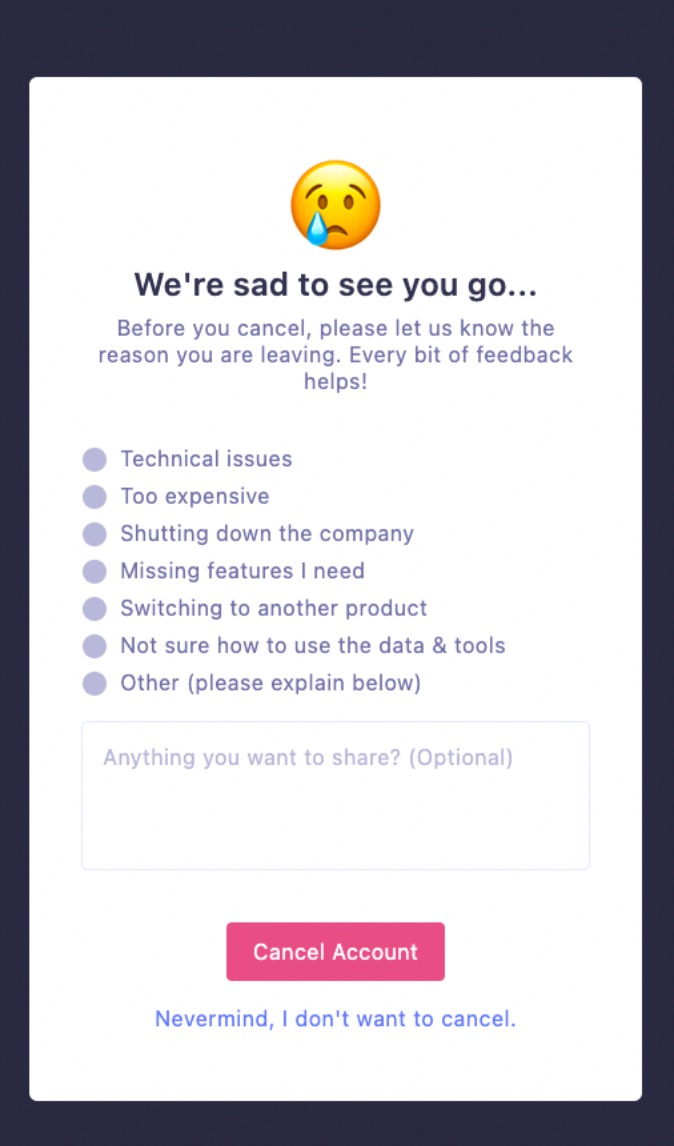
Source: The Ultimate Guide to Cancellation Insights
The service offered doesn’t solve their problem
This group of users signed up for your services because they misunderstood the nature of their problem or your solution. They never should have made it past the trial at the very latest.
Solution: If customers are misunderstanding what your service offers, you can do two things:
-
Improve your product education
Some popular education tools include software demo videos and demo meetings between new customers and sales staff.
Many SaaS businesses also host pop-up chats for visitors and prospective users on their landing pages. Employees manage these AI bots, interacting with visitors in an efficient Q&A format.
-
Create a sales qualification process.
You can identify and engage with your ideal customers with an efficient lead qualification process.
It simply starts with the definition of quality. What do your marketing, sales, and product teams define as a qualified lead?
A competing business is offering a better solution
The SaaS world constantly innovates, with new software solutions popping up left and right.
If a solution comes along that better suits your customers’ needs or is cheaper, they’ll likely switch to the competition.
To stay ahead of your competition, keep a pulse on what your competitors are doing, specifically what they’re offering, how much they charge, and how your business is different.
You can also incentivize customer longevity through incentives, including long-term subscription discounts and marketing strategies that encourage brand loyalty.
Of course, innovative product development is key to customer retention, followed by excellent customer support. This brings us to the next common reason for churn.
Customers aren’t receiving enough support.
Even if you offer a great SaaS solution, you could be losing business if you haven’t invested in customer success.
Providing top-notch customer service starts with the tools you use.
Using a CRM (customer relationship management) tool allows you to keep track of customer correspondence and monitor overall satisfaction. It would help if you offered support across multiple platforms and with different levels of staff involvement, including email, social media, and over the phone.
It’s also important to offer self-service help solutions. An extensive list of FAQs on your website, as well as easily accessible guides and how-tos, make your SaaS much more accessible to your customers. This will also help free up your operators to allocate their time to bigger issues and higher-value customers.
Ask how they’d rate your service when you answer a customer inquiry. Did they get the help they were looking for?
You can use the information you collect to improve your service overall. If you know why customers are leaving, you can pinpoint specific areas of concern and do everything you can to improve the customer experience. With a few changes, you can dramatically improve your churn rate.
2. You’re not attracting new customers
Acquiring new customers can be extremely challenging if you’re operating in a competitive market. Here are some tips on attracting new customers if your growth is stagnating.
Offer a free trial
There are several proven methods for growing your customer base. One is to get a wide group of potential customers to try your solution for free. This costs you very little in terms of additional running costs and can potentially attract a large group of spend-resistant customers.
Most SaaS companies offer software trials for 7 days to a month.
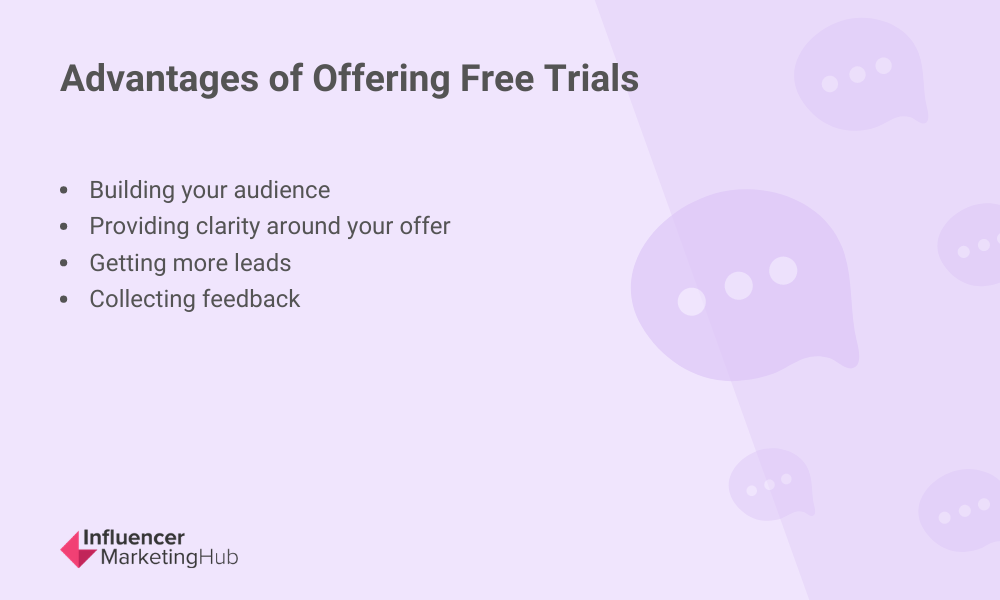
Source: Influencer Marketing Hub
As mentioned above, it’s crucial that your customers genuinely understand your service before signing up. If your solution doesn’t match their specific needs, they will waste your resources and eventually churn.
A trial is a great educational tool that can help reduce this churn. Trials also build trust, and offering one can decide whether a customer chooses your service over another.
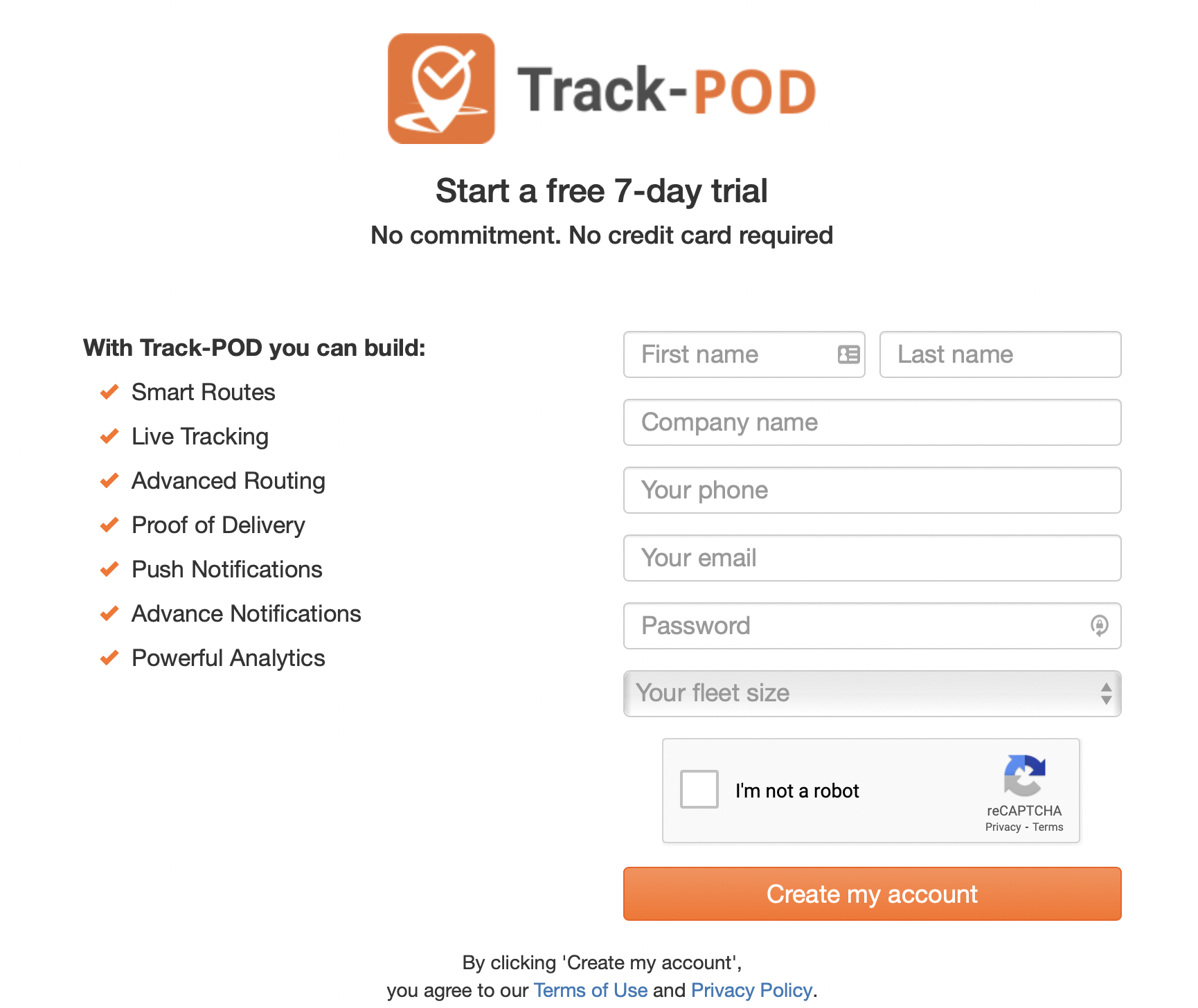
Source: Track pod
Subscription trials come in various forms. For example, you can offer a forever-free plan with limited capabilities, where additional features can be unlocked with an upgrade.
Spotify is one example of this tiered pricing model. The basic plan is free, whereas additional features such as removing advertisements, offline downloads, and unlimited song skips require an upgrade to the premium plan. This is effective because users immediately get a taste of what the service can offer while being constantly reminded of how much more enjoyment they could be getting from the premium plan.
Another type of trial provides full access to the software but limits it to a single user, knowing that most businesses require multiple-user access.
If you’re looking to create further incentives for your trial subscribers to sign up for your paid plans, special deals such as limited-time offers and promo codes could push them to make a purchasing decision. Once you begin offering free trials, be sure to track your trial conversion rate.
Increase lead generation
Investing resources into generating viable leads is essential to attracting new customers.
Various lead generation methods exist, some more resource-intensive than others. Nothing beats elbow grease and targeted marketing strategies sent directly to your ideal customer profiles; however, automation tools such as lead generation quizzes can do some of this legwork.
If you’re still stuck, here are some alternative marketing strategies.
3. Your marketing budget is being misallocated
Are you spending a lot on marketing your SaaS but not seeing adequate returns?
There are several marketing mistakes many SaaS companies commit. Here are the most common ones:
Customer acquisition cost (CAC) and customer lifetime value (LTV) are imbalanced
The price of converting each new customer is called CAC (customer acquisition cost), and is a key metric to monitor throughout every growth stage.
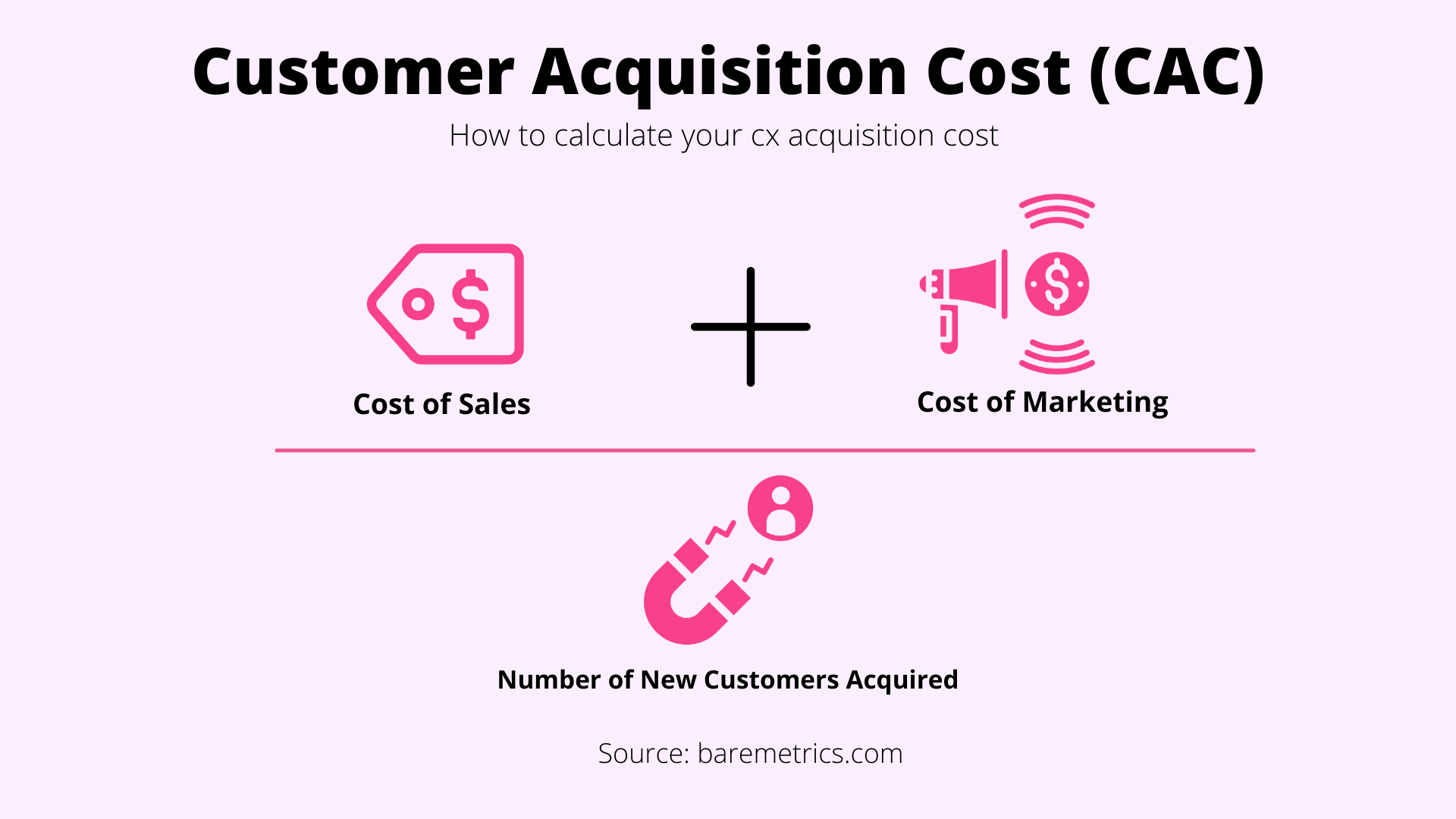
If you’re overspending on acquisition, you’re cutting into your profit margins. Especially if your churn rate is high, your service will quickly become financially unsustainable.
Your CAC should always be proportionate to your customers’ average lifetime value (LTV). For SaaS businesses, the ideal ratio is 3:1. In other words, if you spend $100 to acquire a customer, you should expect a minimum return of $300.
Data transformation software can help you identify relevant characteristics among your customers in order to devise strategies on reducing CAC and raising customer LTV.
Ineffective allocation of marketing funds
The fewer marketing resources a SaaS business has, the more likely they are to advertise to a wide net of prospects. This strategy has largely proven ineffective, however, as customers increasingly expect highly customized outreach.
In actual fact, the fewer resources you have, the more targeted your outreach should be. Here’s where you should be spending your marketing budget:
-
Data gathering with prospecting tools for access to live customer databases
-
Customer segmentation with business analysis software to target the right audience for your product
-
Highly optimized outreach with A/B tested copy
-
Data analysis on past marketing campaigns to understand what your ICPs respond to
Here are 6 Tips for Running a Successful Ad Campaign as a Micro-SaaS Founder for some additional marketing ideas.
4. Your revenue is too low
Without ongoing revenue, your SaaS company is effectively dead in the water. Hiring staff, investing in product development, and maintaining market stability all require a reliable income stream.
SaaS companies are unique because their products are service-based rather than physical. The more a SaaS company grows, the lower the unit cost of each additional subscription is. In other words, profit margins should rise exponentially as your customer base grows.
If you want sustainable growth, your revenue should increase every month compared to the last. There are a few different metrics you can use to track revenue growth.
MRR (monthly recurring revenue) and ARR (annual run rate, aka annual recurring revenue) are the most common measures of subscription revenue.
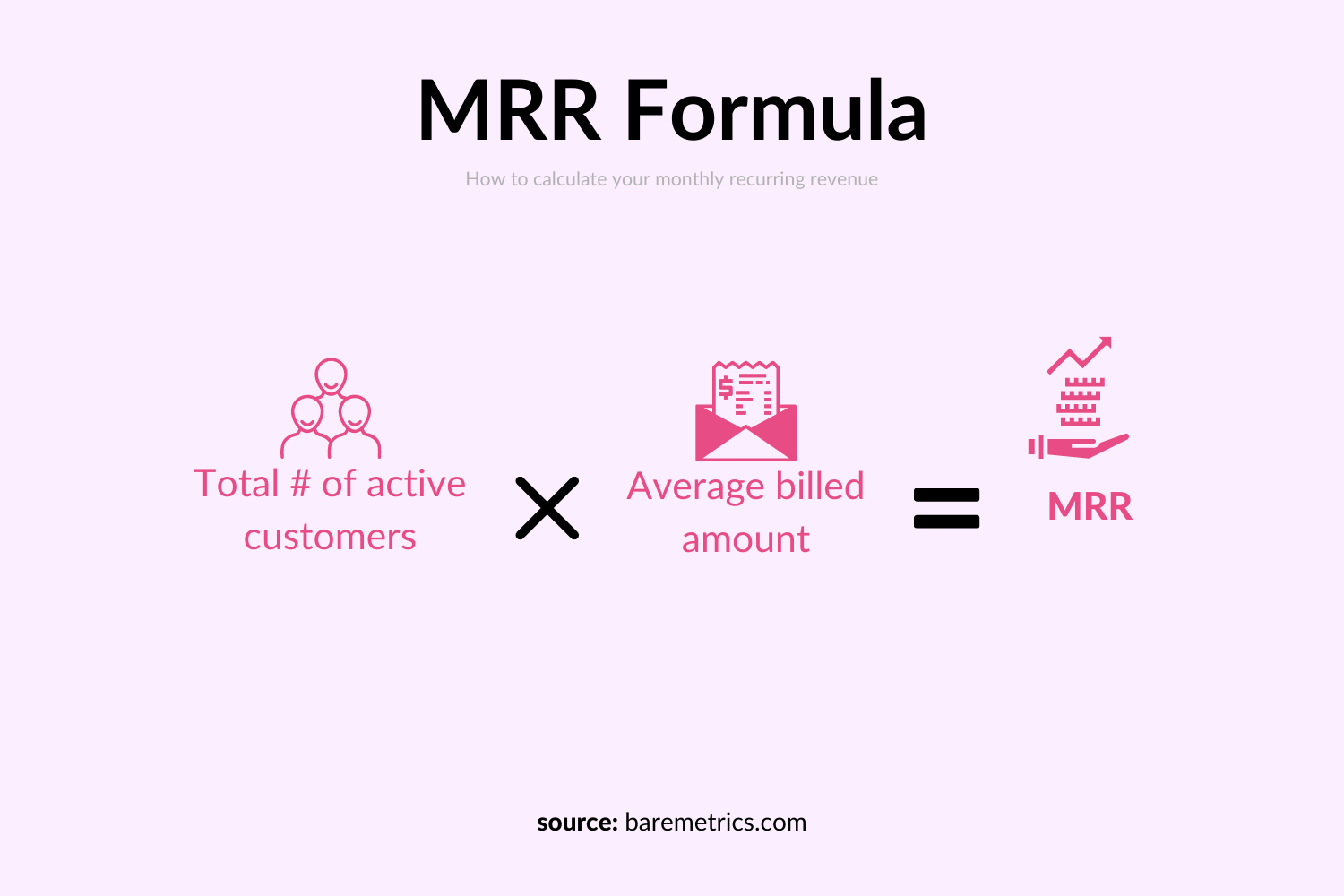
MRR formula
On the other hand, expansion monthly recurring revenue (expansion MRR) tells you how much your subscriber income has risen comparatively from month to month.
Improve MRR
There’s no quick fix to boosting MRR, however, there are strategies you can implement over time to increase your revenue in the long term.
One element to consider is whether you’re charging enough for your product. Testing price elasticity (in other words, how much you can raise your prices before losing customers) by performing price analysis will provide insights into whether you can bump your prices.
Raising prices doesn’t have to look like a stiff price bump. Some techniques for ‘soft’ price raises include adding premium plan tiers with additional features and upselling to current customers.
Work towards a guaranteed baseline ARR
If you want to lock in a baseline ARR (let’s say you want to invest heavily in product development this year and need to guarantee that you can cover R&D costs), you can also incentivize your users to purchase annual subscription plans rather than monthly ones.
The simplest way to do this is by offering a discount for annual subscriptions.
5. Your customers aren’t sharing their experience
Word of mouth is a powerful marketing tool for attracting new customers. Most people want to hear honest reviews before making an ongoing financial commitment, as they’re more likely to trust the testimonials of other customers than the ad copy of a SaaS business itself.
So, how do you determine whether your users would recommend your services to others?
There’s a tool for this: the net promoter score (NPS). Essentially, an NPS monitors customer satisfaction through simple email surveys. These surveys can come in the form of a rating (e.g., ‘’please rate our service from 1-5 stars’’) or a series of questions soliciting specific product feedback.
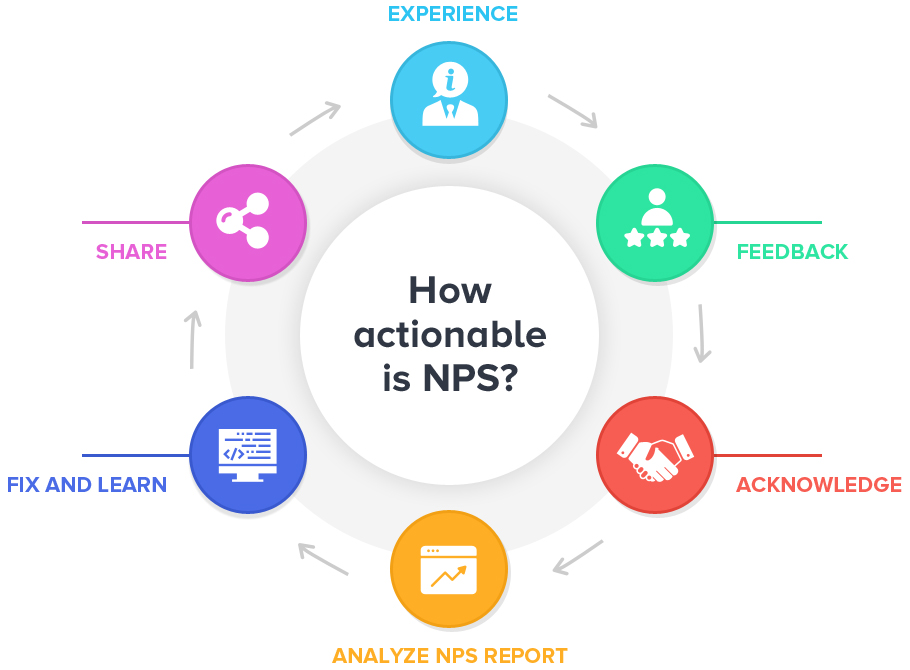
Source: Zonkafeedback
An NPS survey can help you identify two separate issues:
-
Users aren’t satisfied with your product.
-
Users are satisfied but aren’t recommending your product.
If your users have issues with the service, you need to fix the product as quickly as possible. Send follow-up surveys to identify what types of problems your users are having, or better yet, have your customer success team schedule phone calls with these users to address their concerns before they churn.
If, on the other hand, your users are highly satisfied with your product but aren’t recommending it to others, think about how you can facilitate the recommendation process. In addition, consider hosting testimonials and case studies of satisfied users on your landing page.
Other methods of raising your NPS score include improving the customer service experience, adding new features, and creating a more user-friendly dashboard and website navigation.
The importance of tracking your SaaS business metrics
These are the five common reasons many SaaS businesses aren’t hitting their growth targets. The takeaway is that unless you’re analyzing your metrics, trying to boost your growth is essentially a stab in the dark.
If you’re looking for software that can help you track your financial data and perform in-depth metrics analysis, Baremetrics is the solution you need. We also offer a free trial, so why not try it out?
One of our best features is Forecast+, a forecasting tool that helps SaaS businesses set realistic goals and achieve their financial milestones. Give it a spin with the complete demo here!


